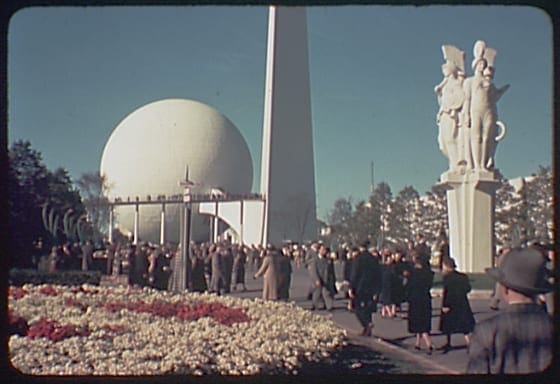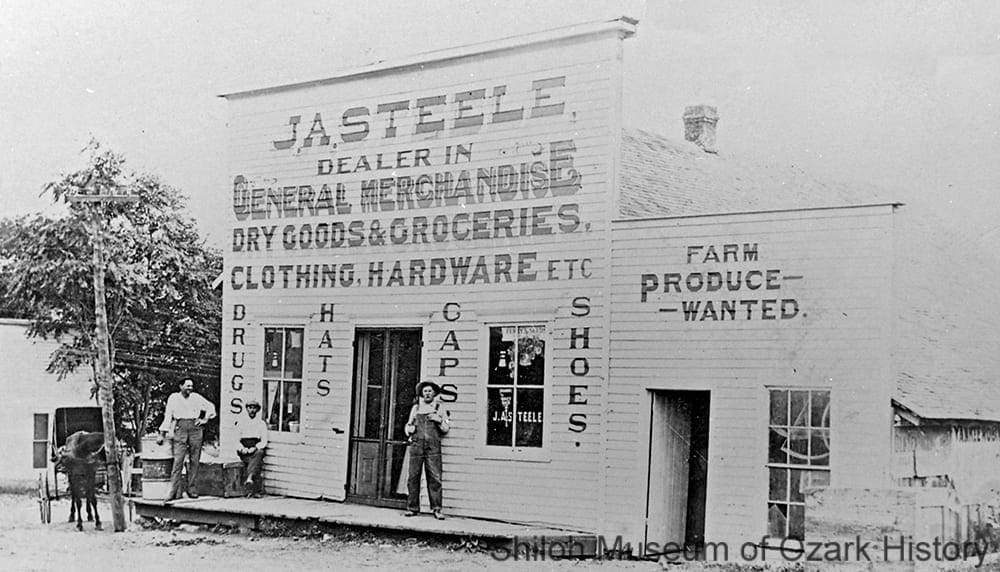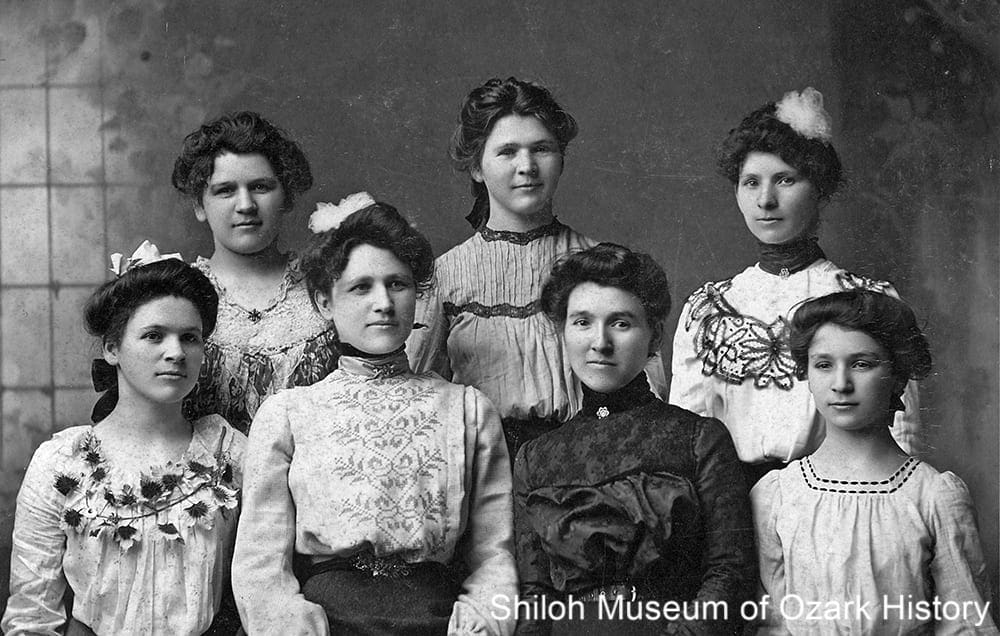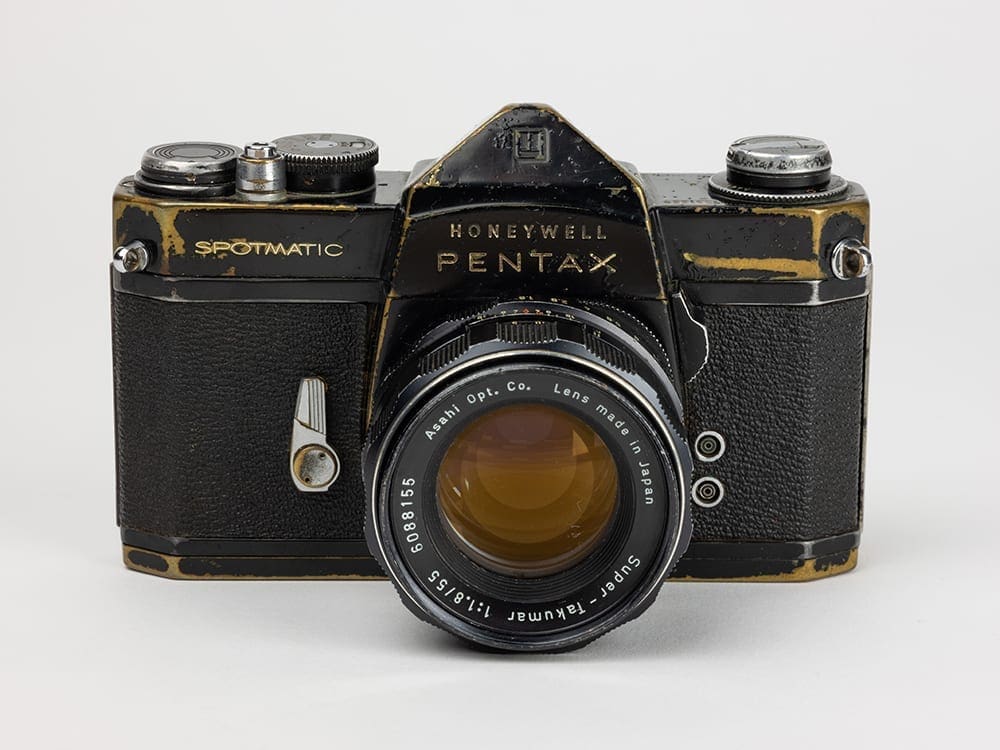 Donated by Mike Donat
Donated by Mike Donat
This camera saw quite a bit of Northwest Arkansas history. It once belonged to longtime photojournalist Charles Bickford who worked for the Springdale News for almost 40 years. During that time he was one of the best-known photographers in Arkansas. Bickford’s subjects varied from Arkansas football, basketball, and baseball games to politicians speaking from the end of a pickup truck to everyday life events. Many of his photographs and negatives live on in Shiloh Museum’s photo archives as part of the Springdale News Collection.
Later in his career, Charles Bickford sold this Pentax camera to Mike Donat, also a photographer who, amongst a varied career, worked for the Northwest Arkansas Times, shot game and practice footage for the University of Arkansas Athletic Department, worked in Collier Drugstore’s photo department, and in 2006–2007, was the Shiloh Museum’s photographer and darkroom technician. Donat donated this camera, an iconic piece of local photojournalism history, to the Shiloh Museum in 2005.
Bo Williams, the Shiloh Museum’s current photographer/digitization project manager, shares his insight on this Pentax camera:
CAMERA INFO
– Pentax Spotmatic SP in black paint
– Originally released in 1964 but produced until 1976. However, this was likely manufactured pre-1970 due to the lens provided with it (Pentax was not very diligent with correlating their cameras’ serial numbers to specific production dates).
– Manufactured by Asahi Optical Co. in Japan but distributed by Honeywell in the United States
Pentax cameras were, and continue to be, the underdogs of the photographic world. Despite world-renowned quality and innovation, they just never seemed to find the fame that they deserved. Even the Spotmatic SP as seen above was one of the first SLR cameras to include a through-the-lens light meter, a feature that would be considered a given by today’s standards but would have been unheard of sixty years ago. As far as quality is concerned, their lenses are still considered some of the best ever produced, even when compared to contemporary offerings, while many of the camera bodies themselves are still very functional despite being 50+ years old. In fact, I use a Pentax film camera of a similar vintage myself for my own personal work and it has never let me down. Despite all of this, I would imagine that very few readers today will even recognize the Pentax name as they have always lived in the shadow of the likes of the more prevalent Canon and Nikon. This is why, when I was asked to select an artifact from our collection to be highlighted for the Artifact of the Month, I knew immediately what had to be done.
Now for a bit of camera history. Back in the day, photojournalists, press photographers, and war photographers often found themselves in precarious situations while being paid very little to do so. At the same time, budding camera manufacturers such as Pentax usually produced their cameras in two finishes; the cheaper, less durable and inherently more subtle black paint and the now infamous hallmark of any “vintage” camera, silver chrome. The aforementioned working photographers, needing to keep a low profile and some cash in their pockets to buy more film, tended to opt for the cheaper and stealthier black-paint cameras. This was all well and good for a while but then something interesting happened. These photographers found themselves at the precipice of history, quite fortuitously, with a camera in their hand. Their work went on to capture and define world history. The more notoriety the photographers gained, the more attention their cameras received. They became the rock stars of the photographic world and their cameras the equivalent of Fenders and Gibsons. These cameras that were once produced as a cost-saving measure have survived through history to become some of the most sought after and collectible pieces of photographic equipment today. A black-paint camera alone is enough to draw the eye of any photographer, but one worn down to the brass like this humble Japanese Pentax SP, proudly brandishing dents and scratches as testaments to surviving through history, is certainly worthy of attention in 2020. It might be a bit cliché, but the question has to be asked: can you imagine what this camera must have seen?
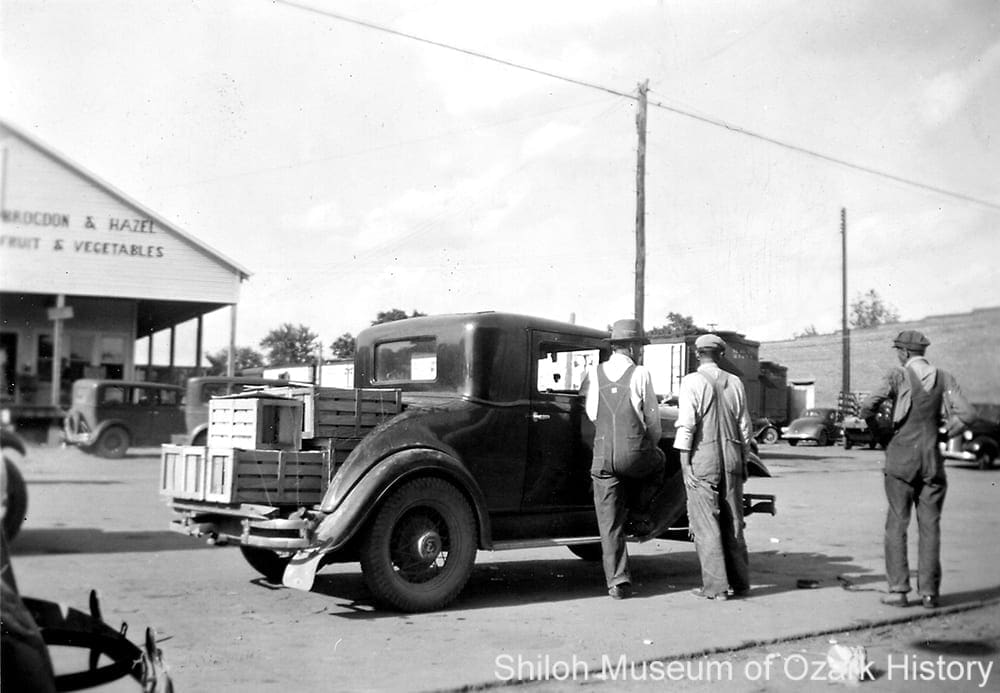 Brogdon and Hazel produce warehouse on Emma Avenue, Springdale, circa 1939. Forrest Hazel and Preston Brogdon ran a bustling wholesale produce market for more than thirty years, during Springdale’s heyday as an agricultural hub where crops which were shipped out or processed locally.
Brogdon and Hazel produce warehouse on Emma Avenue, Springdale, circa 1939. Forrest Hazel and Preston Brogdon ran a bustling wholesale produce market for more than thirty years, during Springdale’s heyday as an agricultural hub where crops which were shipped out or processed locally.

